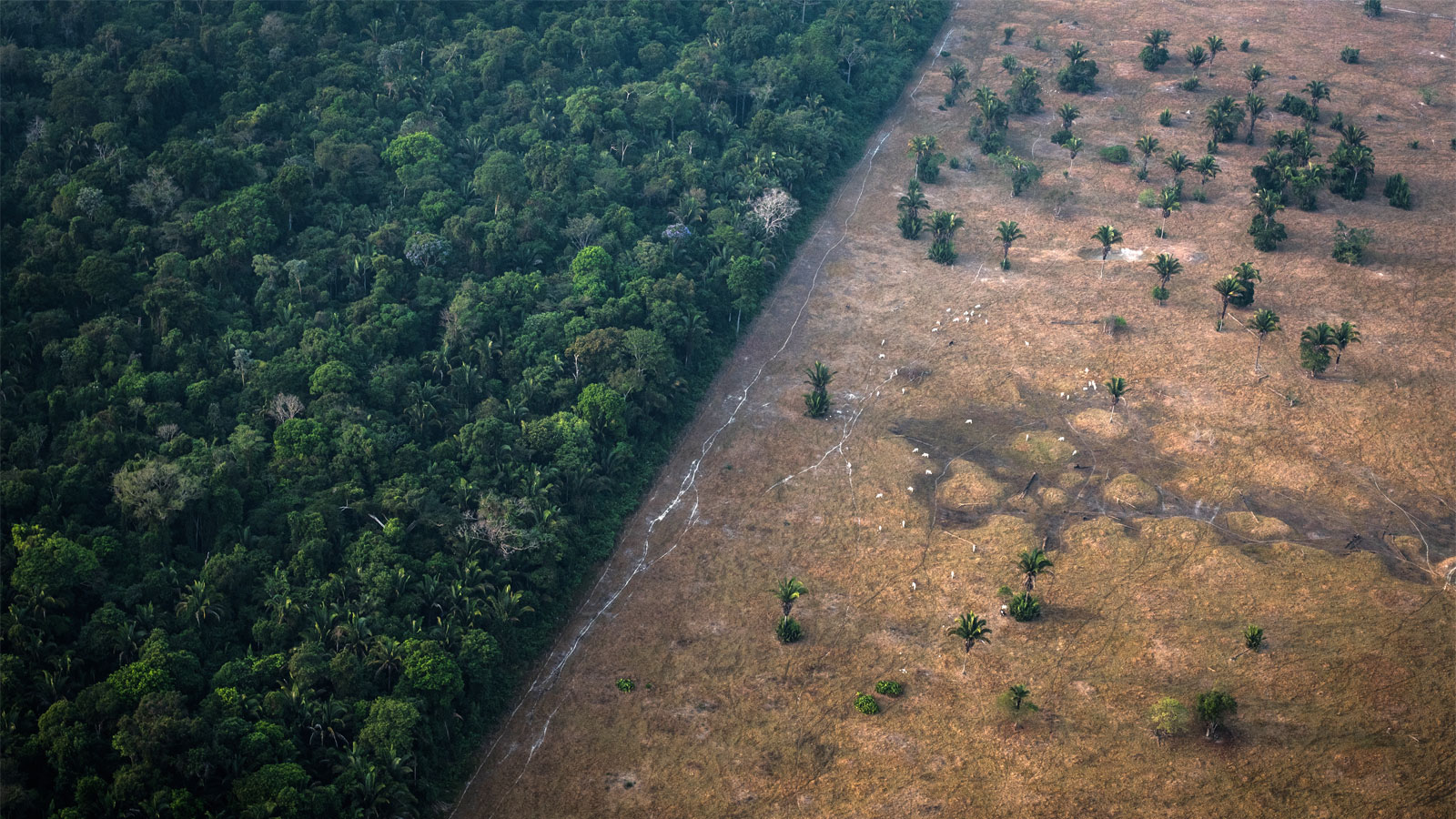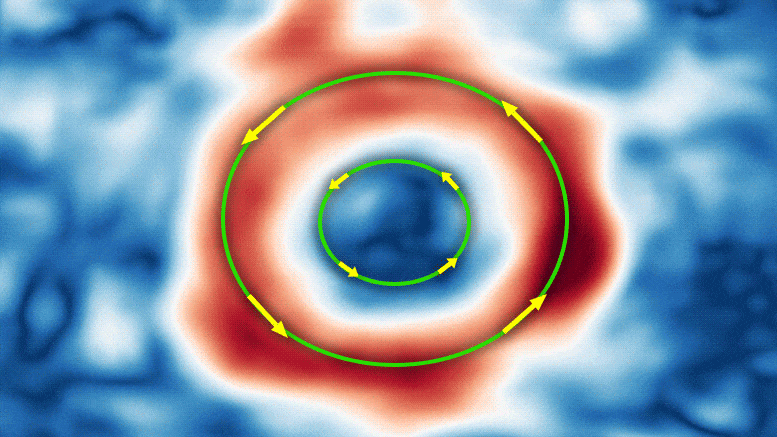A towering wave of orange dust filled the horizon and whooshed over a neighborhood in a recent video of a rare sandstorm in northwestern São Paulo, Brazil.
As the choking cloud rushed past the camera, it transformed the city skyline into a scene that would have looked right at home in the arid wasteland of the post-apocalyptic “Mad Max” movies.
On Sunday (Sept. 26), residents of several cities in the state of São Paulo experienced the unusual storm. Footage of the event was captured in four Brazilian municipalities on multiple cameras belonging to Clima au Vivo (CV), a private company that uses live camera feeds to monitor and record weather for local news agencies, according to the company website.
Related: 7 crazy facts about dust storms
In an edited video, uploaded to YouTube that day, dense clouds of dust extend up into the sky and envelop parts of Barretos, Morro Agudo, Bebedouro and Viradouro. Residents of the cities Ribeirão Preto, Araçatuba, Jales, Franca and Presidente Prudente in the state of São Paulo also witnessed the terrifying power of the light-swallowing sandstorm, according to Agência Brasil, the national public news agency. Cities in a neighboring state, Minas Gerais, were enveloped by dust as well, agency officials said in a statement.
“The day turned into night,” Nacho López Amorín, a meteorologist with the Argentinian news channel Canal de la Ciudad, wrote Sept. 27 in a tweet sharing footage of the lofty dust cloud.
Impresionantes imágenes de una tempestad de polvo en San Pablo y Mina Gerais en Brasil. El día se hizo de noche, el viento intenso y las condiciones muy secas propician la formación de este fenómeno. pic.twitter.com/bUsfi3SjRFSeptember 27, 2021
See more
A storm like this, in which strong winds whip up a vast wall of dust that can measure thousands of feet high, is known as a haboob. The term, which originated in Sudan, comes from the Arabic word “habb,” which means “to blow,” and these fast-moving dust walls, which typically appear in the aftermath of thunderstorms, are common in arid parts of the world, according to the American Meteorological Society (AMS).
Haboobs are rare in this part of Brazil, but recent high temperatures and dry conditions in the region fueled strong winds that whipped up a blinding storm cloud, gusting at 57 mph (92 km/h) in Ribeirão Preto, said Andrea Ramos, a meteorologist with Brazil’s National Institute of Meteorology.
“The winds helped bring the dust up from the soil, the heat wave increased the temperature, as humidity rates were below 20%,” Ramos said in the statement.
However, São Paulo residents shouldn’t worry about being swallowed by another dusty haboob anytime soon, Ramos said. With the onset of cooler weather in northern Brazil and rainfall expected this month, “we won’t have the conditions favoring such a phenomenon again,” she said.
Originally published on Live Science.

Mindy Weisberger is a Live Science senior writer covering a general beat that includes climate change, paleontology, weird animal behavior, and space. Mindy holds an M.F.A. in Film from Columbia University; prior to Live Science she produced, wrote and directed media for the American Museum of Natural History in New York City. Her videos about dinosaurs, astrophysics, biodiversity and evolution appear in museums and science centers worldwide, earning awards such as the CINE Golden Eagle and the Communicator Award of Excellence. Her writing has also appeared in Scientific American, The Washington Post and How It Works Magazine.
Note: This article have been indexed to our site. We do not claim ownership or copyright of any of the content above. To see the article at original source Click Here













